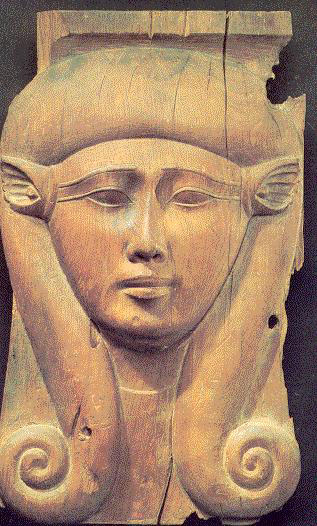return to main Home Page or:
to Goddess Hyades, next in sequence,
or use Her Cyclopedia Index
Hat-Hor, Womb-of-the-Sun.
H1T-H4
Alternate meaning: House-of-Horus, {Surrounding-of-the-face}.
[to Whom the twenty-fifth day of May, day 145, is dedicated]
